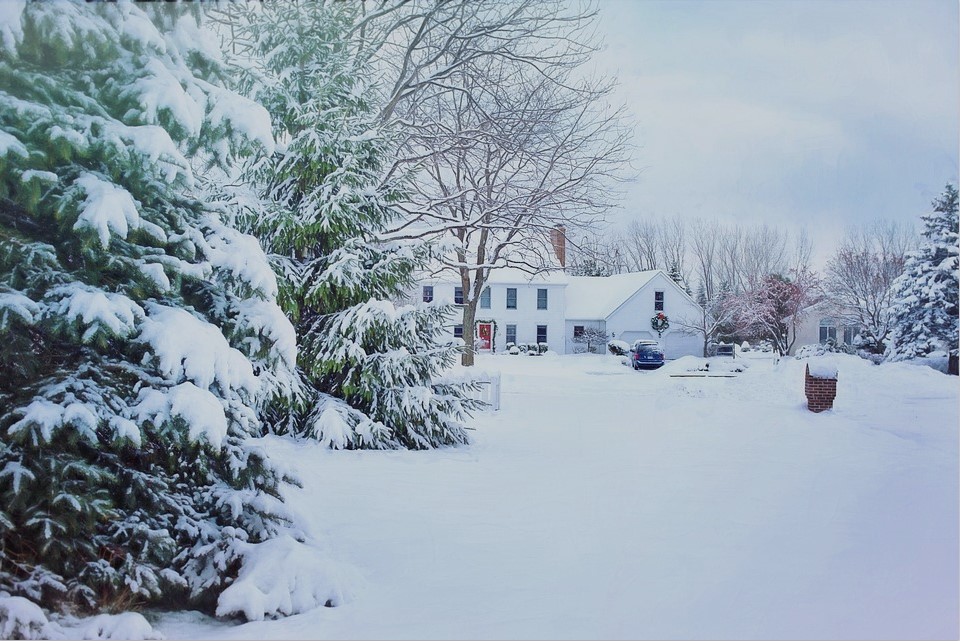When the outdoor temperatures start to plunge, your home’s HVAC system could be pushed to its limit. Here is a quick look at some simple tips and upgrades that you can use to keep your home at a comfortable temperature throughout the frigid winter months.
Install Low-E Windows
Even if you have relatively new windows, quite a bit of heat transfer could be taking place around those openings. That is one of the reasons why so many people upgrade to low-e windows. Those particular panes are designed to be as insulated as possible, and they are going to help you keep your home at a consistent temperature. As an added bonus, they will also block harsh UV rays during the hottest months of the year.
Replace the Weatherstripping
If you have been searching for a cost-effective way to improve your home’s efficiency, then you might want to consider replacing your old weatherstripping. Modern weatherstripping is quite durable, but that material will fall apart over time. As a general rule, you should replace all of the weatherstripping throughout your home at least once every five or six years. Luckily, this is a simple job that can usually be completed in a matter of hours.
Tune or Replace the Furnace
Your furnace is your home’s first line of defense against freezing temperatures, and it must be running as efficiently as possible if you want to keep your energy bills under control. Most experts agree that residential furnaces should be serviced at least twice a year by an experienced technician. If your furnace is more than a decade old, then you should call a furnace installation company to explore your options for upgrading the unit.
Invest in a Smart Thermostat
A smart thermostat is another simple and inexpensive upgrade that could have a huge impact on your family’s comfort. Those devices can typically be installed in minutes, and you are going to start saving you money immediately. Over time, the thermostat will learn your preferences and adjust the temperature automatically. They can also be controlled from anywhere in the world with a smartphone app, and that means you can adjust the temperature just before you get home.
In addition to these few tips, you should also consider investing in a thermal leak detector. One of those inexpensive devices will help you find and deal with any drafts or poorly insulated areas in your home.
